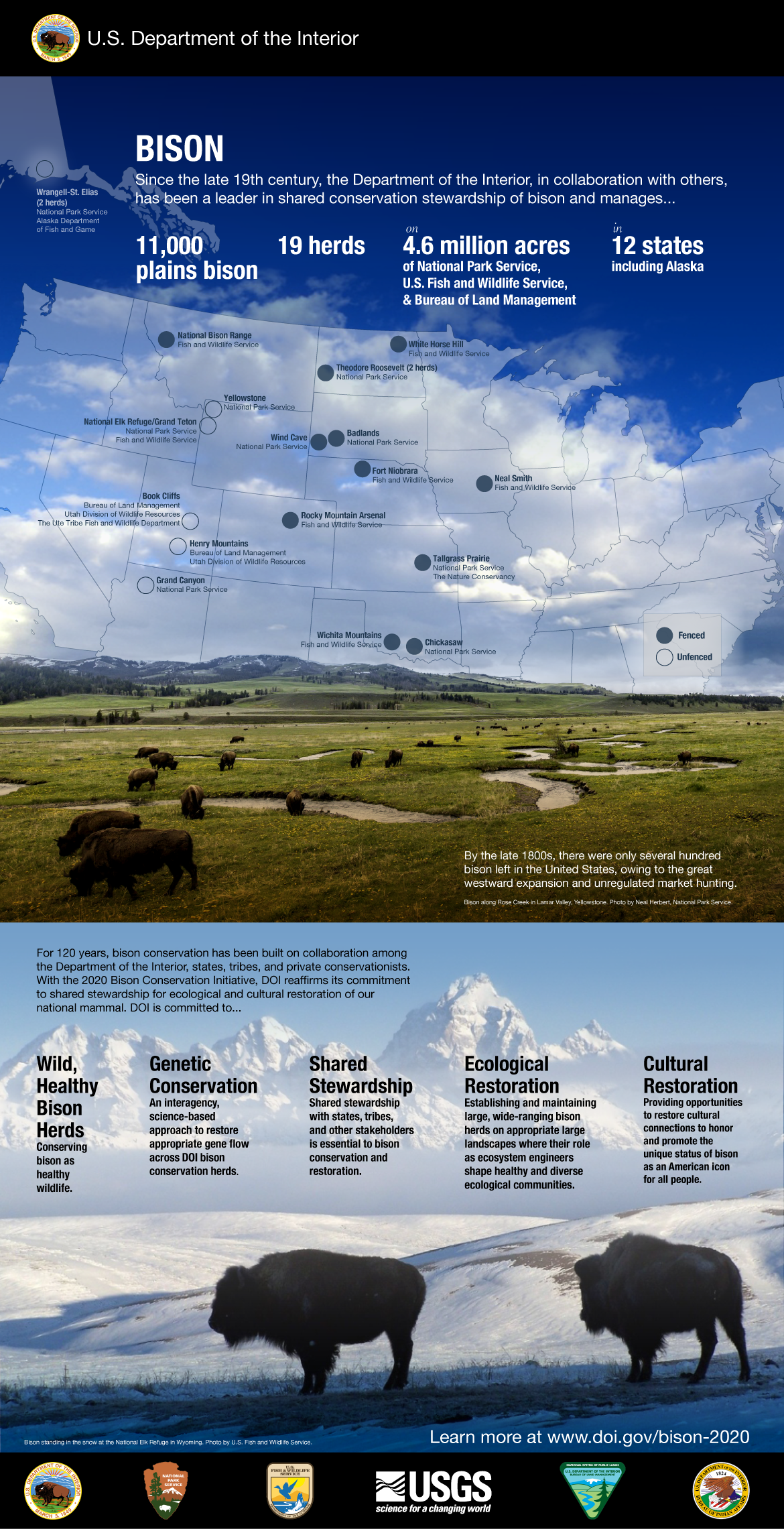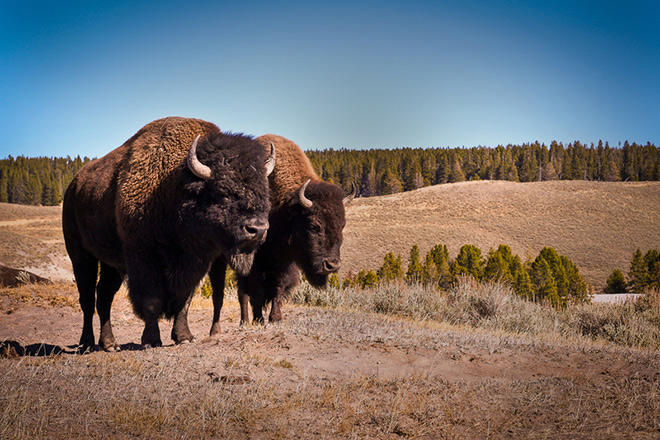VikingsGuy
Well-known member
Just to be clear, you are saying developing $10 campgrounds is making private parks exclusively for the wealthy and upper echelon? Wow, your definition of wealthy and mine are quite different.. . . Private parks for the wealthy and the upper echelon. This is an example:
”. . . We have a campground where you can stay for $10, and we'll open more of those, . . . ”
Ya, I know it also referenced a "high-end safari resort", but how does that stop the $10 campers?







